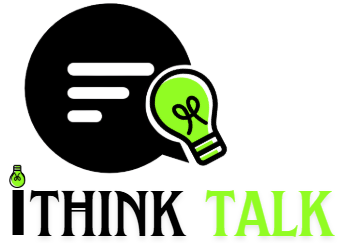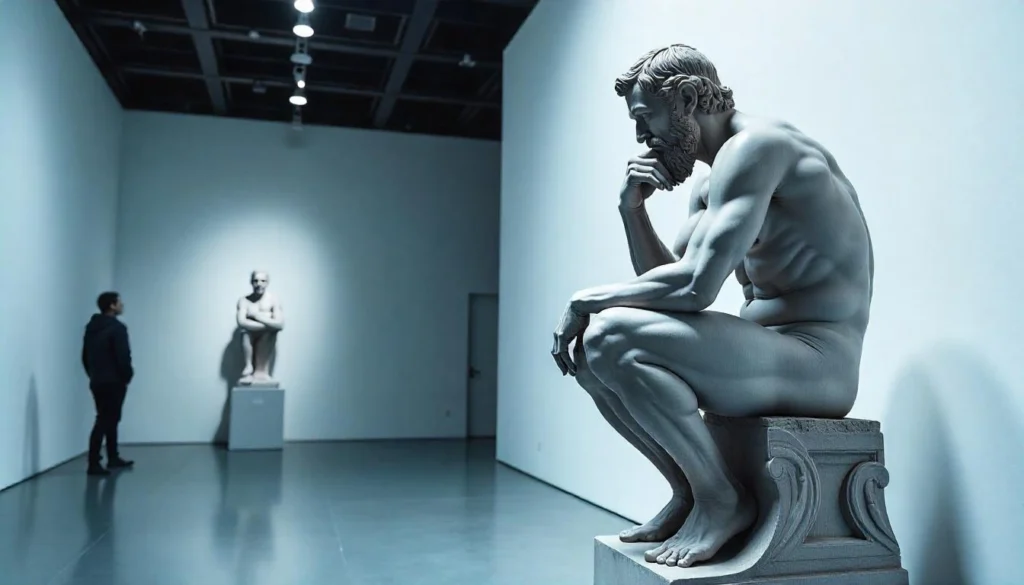In the domain of professional historiography, the capacity to engage critically with the past is contingent not merely upon the accumulation of factual knowledge but upon the disciplined application of what educational theorists and historians refer to as Historical thinking skills. These cognitive strategies—widely adopted in history education frameworks across institutions—form the bedrock of scholarly historical analysis and, crucially, underpin the interpretive work historians perform when engaging with primary sources. This article explicates the six core Historical thinking skills as delineated in both pedagogical theory and historiographical practice, while examining their interconnectedness with primary source analysis.
Historical Thinking as a Theoretical Framework
The concept of “historical thinking” gained formal traction in the late twentieth and early twenty-first centuries, particularly through the work of theorists such as Sam Wineburg, who argued for the cognitive distinctiveness of historical reasoning compared to other forms of knowledge processing.1 Historical thinking, in this view, encompasses a suite of intellectual habits—critical, interpretive, and evidentiary—that distinguish the historian’s approach to sources and narratives from that of the layperson. The six core skills typically identified in this framework include: sourcing, contextualization, corroboration, close reading, periodization, and historical argumentation.
These skills do not operate in isolation; rather, they form an interdependent matrix that allows the historian to negotiate between evidence and interpretation. Furthermore, they align with constructivist educational theory, which posits that learners construct meaning actively, particularly through the interrogation of texts and artifacts.2 In the case of historical study, primary sources function as the raw materials through which such meaning-making occurs.
Sourcing: Evaluating Provenance and Perspective
The skill of sourcing involves interrogating a document’s origin, authorship, and purpose. In professional historiography, the source’s provenance is the first layer of scrutiny—an evaluative process that asks who created the document, when, and why. The aim is to determine the source’s reliability, bias, and potential agenda. As Wineburg has emphasized, expert historians instinctively contextualize a document within its production circumstances before engaging with its content.3 This aligns with the historical method’s foundational principle: that all evidence is mediated and requires critical framing.
Sourcing is essential when approaching primary sources because it acts as a filter that shapes the interpretive lens. For instance, a government report on labor conditions must be read with attention to the institution’s interests and ideological orientations. The skill draws heavily from epistemological awareness, asking the historian to reflect on the nature of evidence and the contingencies of its creation.
Contextualization: Situating Sources in Time and Space
Contextualization refers to the process of embedding a source within the broader temporal, spatial, and cultural milieu in which it was produced. It requires understanding the historical background—social structures, political climates, intellectual currents—that gave rise to the source’s content and form. Educational theorist Peter Seixas identifies this skill as central to historical literacy, arguing that without contextual grounding, sources risk being misread or stripped of their significance.4
In practical terms, contextualization means, for example, reading a 1917 Russian newspaper editorial not merely for its statements, but in relation to the pressures of wartime revolution, censorship, and factionalism. It bridges the gap between textual analysis and the historian’s wider knowledge of the period, enabling a richer and more nuanced interpretation.
Corroboration: Comparing Evidence Across Sources
The third core skill, corroboration, entails comparing multiple sources to evaluate consistency, reliability, and multiplicity of perspectives. In historiography, this practice serves not only to validate claims but also to surface contradictions, silences, and contestations that characterize historical memory.5
Corroboration compels the historian to move beyond isolated documents, assembling a mosaic of perspectives that may include conflicting testimonies, divergent accounts, and varying interpretations. When applied to primary sources, corroboration resists the danger of overreliance on a single narrative and instead promotes a polyphonic understanding of the past. This skill underlines the necessity of skepticism and multiplicity in historical interpretation.
Close Reading: Analyzing Language and Structure
Close reading involves a detailed examination of a document’s language, syntax, rhetorical devices, and underlying assumptions. While often associated with literary analysis, it has become indispensable in historical inquiry, especially with the advent of cultural and linguistic turns in historiography.6
For historians, close reading enables the identification of coded meanings, ideological subtexts, and narrative strategies that reveal deeper socio-political dynamics. When reading a slave narrative or wartime propaganda poster, for instance, attention to diction, metaphor, and omission can illuminate the values and anxieties of the source’s cultural context.
Close reading is particularly vital when dealing with primary texts where the surface meaning may obscure subtextual power dynamics or where discursive conventions mask deeper structures of ideology.
Periodization: Organizing and Segmenting the Past
Periodization, the act of dividing historical time into discrete segments or eras, is both a methodological tool and a historiographical act. It reflects the interpretive nature of historical narration, as scholars impose conceptual boundaries onto what is in reality a continuum.7
This skill intersects with primary source analysis insofar as sources are used to define or contest the parameters of historical periods. For example, the question of when “modernity” begins may hinge on interpretive readings of Enlightenment-era texts, industrial records, or political treatises. Periodization requires sensitivity to temporal frameworks and an awareness of how these frameworks shape historical interpretation.
Critically, periodization is never neutral; it reflects broader historiographical debates and often intersects with ideological constructions of progress, decline, or rupture.
Historical Argumentation: Constructing Interpretive Claims
Finally, historical argumentation entails the formulation of a reasoned and evidence-based interpretation of the past. This is the culmination of the previous five skills, as the historian synthesizes disparate sources and perspectives into a coherent analytical narrative. Argumentation is where evidence meets judgment, and where the historian must defend a thesis through marshaled evidence, contextual knowledge, and interpretive clarity.
In academic history, argumentation is not merely a rhetorical skill but an epistemological one. It involves not just making claims, but acknowledging complexity, engaging with counter arguments, and situating one’s interpretation within broader scholarly debates.8
Primary sources are central to this process, serving as the evidentiary bedrock upon which arguments are constructed. The ability to interpret these documents through sourcing, contextualization, and corroboration feeds directly into the quality and persuasiveness of historical claims.
Conclusion
The six core Historical thinking skills—sourcing, contextualization, corroboration, close reading, periodization, and argumentation—constitute more than pedagogical tools; they represent the intellectual architecture of professional historical inquiry. Their application to primary sources exemplifies the historian’s craft: an iterative, interpretive process rooted in evidence, context, and critical engagement.
In a broader theoretical sense, these skills embody the tension at the heart of historiography: between the empirical and the constructed, the factual and the interpretive. As such, they are essential not only to the analysis of specific documents but to the formation of historical knowledge itself.
For a deeper look at building intellectual courage and perspective, read Braver Than You Think.





